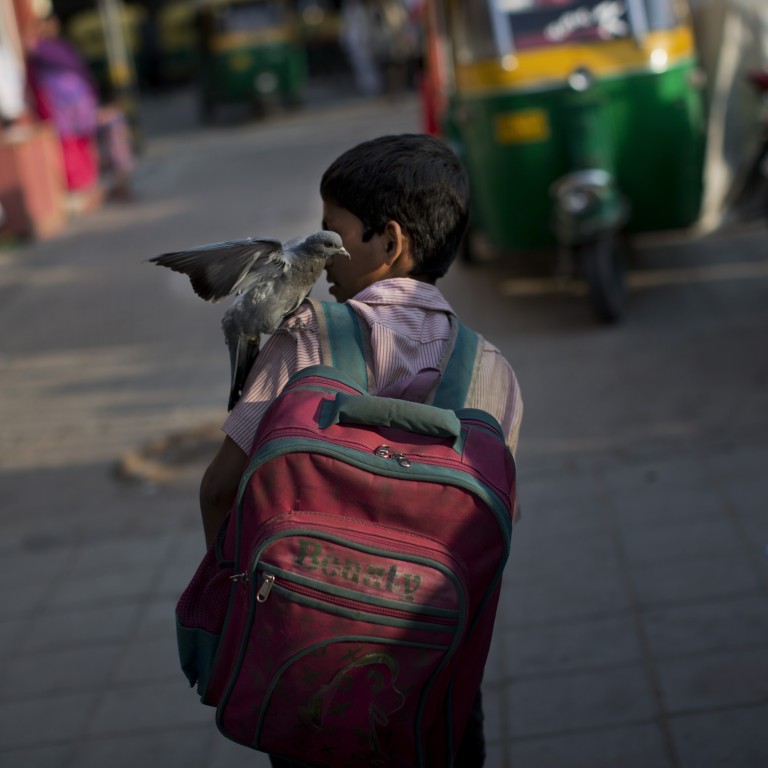
Global campaign to provide education for all must continue to aim high
Irina Bokova says ensuring access for all requires stamina - and funds
Fifteen years ago, world leaders made a promise to children around the globe that, by 2015, every child would have the chance to go to school. We promised "Education for All". The year 2015 has arrived, and 121 million children and youth remain out of school with minimal skills, particularly among the poorest and girls.
As a consequence, it is only natural that many might doubt the wisdom of putting our faith in new promises and goals for the new global development agenda to follow 2015.
Education for All was ambitious. Calling for anything universal is a challenge, especially for countries struck down by conflict, and those where infrastructure has to be built from scratch and cultural barriers surmounted.
Yet the drive to include every child paid huge dividends, helping 80 million more children and adolescents go to school since 2000. It is a huge achievement that two-thirds of the world's countries have closed gender gaps in primary school.
Many countries went out of their way to instigate innovative programmes and realised great results. Uganda scrapped school fees, for instance, and reaped huge rewards by seeing disadvantaged children enrolling in school for the first time. Brazil, Nicaragua and Mexico designed social protection programmes and helped close gaps between the rich and poor accessing education. India promoted midday feeding programmes and encouraged marginalised children to enrol.
These achievements must be celebrated widely. It is these successes that could drive other countries to follow suit and help achieve an even more ambitious vision for education by 2030.
As always, money matters to make a promise stick. A lack of funding to education has been a major barrier to progress over the past decade. Although many governments have substantially increased their spending on education since 2000, aid to education has stagnated since 2010, and a finance gap settled in and grew.
The "2015 Education for All Global Monitoring Report" released recently by Unesco shows that, given current national spending and international aid, an additional US$22 billion must be found each year to achieve universal pre-primary, primary and lower secondary education by 2030.
We must seize this opportunity to mobilise new funds and improve how they are used. A failure to do so will see schools and classrooms not being built, teachers not being trained, and teaching materials fall by the wayside.
We have seen Afghanistan increase the percentage of girls attending school from 4 per cent to 87 per cent in 15 years. India reduced its out-of-school population by more than 90 per cent. Similar revolutions can happen elsewhere.
Turning to a new set of targets does not mean turning our back on unfinished business. On the contrary; the new education goal is deeply rooted in the continuation of the past agenda.
Achieving the new goal requires governments to make at least one year of pre-primary education compulsory. Education must be free: fees for tuition, textbooks, uniforms and transport must be abolished.
The skills young people acquire in each stage of schooling need to be prioritised to prepare them for the job market. And we must make sure we are teaching students about respect and tolerance, and how to bring about sustainable change.
Targets and goals have been vital in measuring progress and helping us understand what works and what doesn't.
All of this evidence must now help us to shape the sustainable development agenda after 2015 with education at its core. Education for All means exactly that and we will hold world leaders and governments to account until this is achieved.
